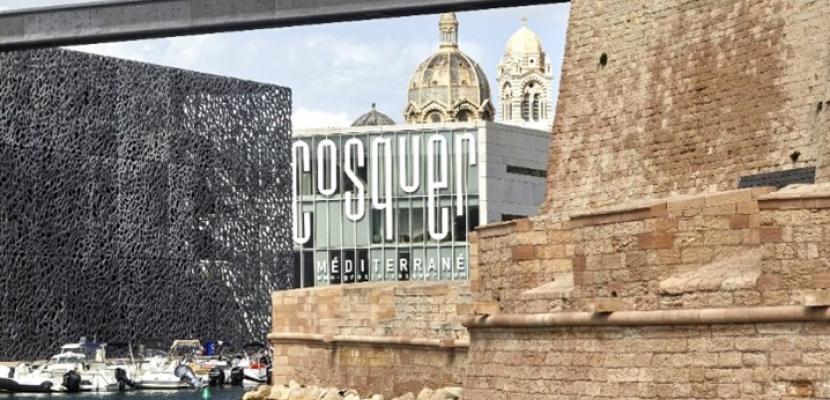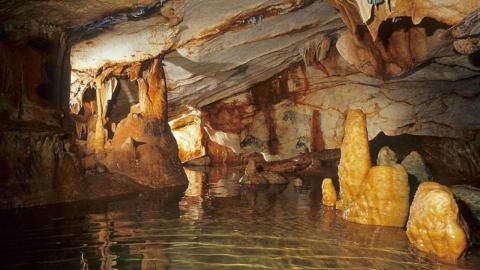
COSQUER Mediterranée, Replica of a pre-historical submarine painted cave made with 3D technologies.

About this good practice
The pre-historical treasures of the Cosquer Cave are about to disappear due to climate change. Moreover, the cave is closed to the public because of the difficulty of access (37 meters deep). The challenge was to offer the general public access to a major site in the history of humanity, while at the same time raising awareness of the phenomenon of rising sea levels.
Initiated in 2016, the replica was open to public in 2022. Main objectives were reached: duplication of the cave, access to the public, awareness to both heritage and environment issues.
It is located into a building which belongs to the Region, in the second basement, under the water. The site also has a museum, bookshop and a restaurant, scientific and cultural activities.
It was implemented through
- A public partnership between the Region as owner of the museum site and the State as owner of the pre-historical site and scientific materials.
- A local expert society in 3D-technology to settle a scientific-driven “digital twin”.
- a State/Region scientific committee and a Steering Committee.
- A private delegate selected to operate (Kleber Roussillon).
Multiple skills: prehistorians, archaeologists, geologists, climatologists, architects, visual artists, scenographers, professional divers, photographers, and virtual reality experts.
Stakeholders: public authorities Region / State; private delegate
Beneficiaries: local and international tourism and educational institutions.
Resources needed
- Delegate's staff
- Region's staff (Heritage department and Directions) 3 pers. dedicated to the project and 1 pers. dedicated for the exploitation since 2022 (Heritage department).
Within a global budget of 23M€, 10 M€ for the Region and 13M€ for Kléber Rossillon, the private delegate.
Evidence of success
The practise is considered as good because of its innovative way to re-create a complete historical site through 3d and immersive technologies; because of the involvement of numerous skills and knowledge; because digital tools made it possible to adapt the replica in an existing and not dedicated building; because its touristic attractiveness.
Cosquer Méditerranée has become one of Marseille's must-see attractions since its opening in June 2022, welcoming 1 million visitors on September 2023.
Potential for learning or transfer
The practise addresses challenges such as improving public services and accessibility, developing touristic attractiveness and economic growth, in line with the Cherry objectives.
It is a response to the risks faced by heritage sites because of climate change.
It demonstrates a high level of innovation due to 3D and immersive technology based on documents, that have made it possible to create a "digital twin" and to conceive a replicate in an existing building while changing its destination.
It makes a heritage site accessible for future generations. While the Region is the unique public stakeholder and payer, using a private delegate to operate builds an economic sustainable model.
The technology is easily replicable in different contexts with heritage assets to save and/or existing buildings with a potential for new destinations.
It is a good example of revitalization of a historical site through CCIs and touristic development, craftmanship and sustainable development.
